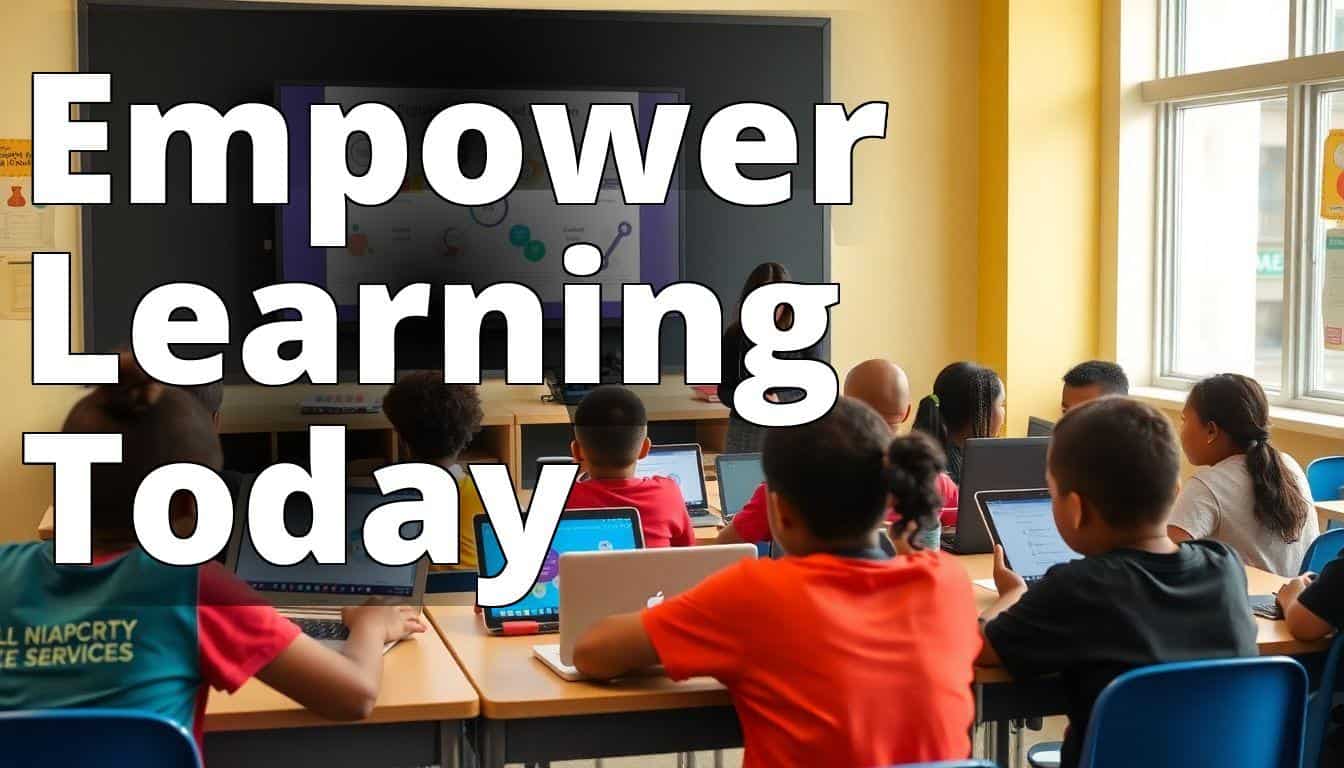Preserving language as a path to cultural strength is not merely an academic exercise it’s a moral imperative. As we delve into the realm of language preservation, it is crucial to acknowledge the inherent power languages have as vessels of cultural heritage. They are the repositories of a community’s history, traditions, and identity. Just as biological diversity is vital for the health of our planet, linguistic diversity is essential for the richness of human culture. The death of a language is akin to the extinction of a species is irreversible and leaves a void that can never be filled.
Language preservation is not a task for linguists alone; it is a collective responsibility. It requires a concerted effort from communities, governments, and individuals worldwide. We are at a crucial juncture where action is necessary to prevent further linguistic decline. The Endangered Languages Project, among others, is at the forefront, working tirelessly to safeguard these endangered tongues. But more voices are needed in this choir. It is time to consider language preservation not as an isolated academic endeavor but as an integral component of cultural preservation and global diversity.
What is language preservation?
Language preservation refers to the efforts made to prevent languages from disappearing. It involves documentation, revitalization, and maintenance activities aimed at ensuring that a language remains in use. Language preservation can take many forms, from creating dictionaries and language courses to recording native speakers and promoting the use of a language in schools and media.
Language preservation is a race against time. According to UNESCO, a language dies every two weeks, which means that half of the 6,000 plus languages spoken today will likely disappear by the end of this century if nothing is done. This loss is not just about words; it is about losing unique worldviews, histories, and cultural practices. Each language carries its own set of metaphors and expressions that are deeply intertwined with the culture it represents.
Insider Tip: Dr. K. David Harrison, a prominent linguist, emphasizes that language is the fabric of thought. By preserving language, we preserve the intellectual and cultural expressions of entire civilizations.
The importance of preserving languages must be understood in the context of cultural preservation. Language is often the most direct expression of culture. It conveys the customs, beliefs, and historical narratives of a community. When a language becomes endangered, the culture it embodies is also at risk. Efforts to preserve languages are, therefore, efforts to preserve the cultural identity of communities.
Why is language preservation important?
Language preservation is crucial because it safeguards cultural diversity. Each language represents a unique way of understanding the world. This diversity of perspectives is invaluable, offering different approaches to universal human challenges. The loss of a language diminishes our collective knowledge and narrows the scope of human thought.
Historically, languages have been lost due to colonization, globalization, and cultural assimilation. The imposition of dominant languages often leads to the marginalization of indigenous languages. This has been seen repeatedly, from the Americas to Africa to Australia, where indigenous languages have been supplanted by those of colonizing powers. The consequences are profound: communities lose a crucial part of their identity, and the world loses a piece of its cultural mosaic.
Insider Tip: According to the Linguistic Society, Languages are more than communication tools; they are integral to cultural expression and identity.
Language preservation is also linked to social justice. Many endangered languages belong to marginalized communities who have historically been denied rights and representation. Efforts to preserve these languages are part of a broader push for equality and recognition. By supporting language preservation, we are supporting the rights of these communities to maintain their cultural heritage and identity.
How can I help preserve a language?
Individuals can contribute to language preservation in several ways. First and foremost, supporting organizations like the Endangered Languages Project is a direct way to help. Such organizations work on documenting languages, creating educational resources, and advocating for language rights. They need financial support, volunteers, and advocates to amplify their efforts.
Another way to help is by learning an endangered language. This may seem daunting, but even basic proficiency can make a significant difference. Language courses for indigenous languages are becoming increasingly available online. By learning a language, you help create demand for educational resources and encourage others to do the same.
Engaging with and supporting indigenous communities is also crucial. Many indigenous peoples are fighting to keep their languages alive against significant odds. By listening to their needs and supporting their initiativeswhether through attendance at cultural events, purchasing cultural products, or amplifying their voices on social mediayou contribute to their efforts to sustain their linguistic heritage.
Insider Tip: Language immersion programs are one of the most effective ways to learn a language. Seek out community-led programs that focus on immersion experiences.
Finally, spreading awareness is essential. Talk about language preservation within your networks, share articles and resources, and advocate for policies that support linguistic diversity. Governments play a crucial role in language preservation, and public pressure can lead to positive change. Support policies that provide funding for language preservation projects, recognize indigenous languages officially, and incorporate them into educational curricula.
What are some examples of language preservation?
Numerous successful language preservation efforts around the world offer inspiration. For instance, the revival of the Hebrew language is a remarkable example. Once considered a dead language, Hebrew was revived in the late 19th and early 20th centuries and is now the official language of Israel. This success story illustrates the power of community effort and government support in language revitalization.
In New Zealand, the Māori language has experienced a renaissance thanks to government initiatives and grassroots efforts. The introduction of Māori-language education in schools and the establishment of Māori media have been pivotal. The Māori Language Commission has played a significant role in promoting the use of Māori in public life, leading to a steady increase in speakers.
Insider Tip: The Endangered Languages Project provides a platform for sharing resources and success stories. Engaging with such platforms can provide insights and inspiration for your own language preservation efforts.
In North America, the Cherokee Nation has made significant strides in preserving the Cherokee language. By incorporating the language into educational systems and developing language apps and resources, they have ensured the language’s survival for future generations. This approach demonstrates how technology can be leveraged in language preservation efforts.
In Wales, the Welsh language has seen a resurgence, supported by robust governmental policies and a strong cultural movement. Welsh is taught in schools, used in media, and has official status alongside English. This has resulted in an increase in the number of Welsh speakers, showcasing the effectiveness of comprehensive language policies.
Through these examples, it is clear that language preservation is not an impossible task. With the right combination of community involvement, government support, and technological innovation, languages can be revitalized and preserved for future generations.
Conclusion
Preserving language as a path to cultural strength is not just a noble cause; it is an urgent necessity. The loss of languages represents not just a cultural deficit but a deprivation of human wisdom and diversity. Language preservation is a multifaceted effort that requires the involvement of individuals, communities, and governments. By acknowledging the importance of linguistic diversity and taking concrete steps to preserve endangered languages, we contribute to the richness of human culture and identity.
As we stand on the precipice of linguistic extinction, it is imperative that we act decisively. Support organizations dedicated to language preservation, learn and promote endangered languages, and advocate for policies that recognize and protect linguistic diversity. Let us not be the generation that witnesses the silent disappearance of languages, but rather the one that champions their revival and preservation.
For further exploration of the historical context of language preservation, consider visiting our history section.
FAQs
How does preserving language contribute to cultural strength?
Preserving language fosters identity, community cohesion, and heritage pride.
What methods can I use to help preserve my native language?
You can use community classes, online resources, and storytelling workshops.
Who benefits from the preservation of endangered languages?
Entire communities benefit, as it strengthens social bonds and shared history.
How can schools support language preservation efforts effectively?
Schools can implement bilingual programs and celebrate cultural traditions actively.
What challenges exist in preserving a language today?
Challenges include globalization, limited resources, and declining speakers.
Why should I care about preserving a language not my own?
Cultural diversity enriches society, and every language adds unique perspectives.




